
Hotmail Email Marketing: A Guide To Delivering Emails to Inboxes
Have you been trying to solve the Hotmail email marketing puzzle? This is a common scenario for marketers worldwide, especially in the eCommerce business since B2C lists often have a large percentage of Hotmail users.
But why is delivering emails to Microsoft-owned domains turning into a challenging task?
Microsoft is known for its aggressive inbox filtering to protect Hotmail and Outlook users from spam, phishing, and malicious emails. To achieve this, they employ multiple filtering technologies.
These include Exchange Online Protection (EOP), SmartScreen, Junk Email Filter, and Microsoft Defender for Office 365, which provides advanced protection against malware and phishing attacks.
These filters may have a large impact on the revenue you make from your email campaigns. The good news is you, too, can take drastic measures to avoid the spam folder in Hotmail and Outlook accounts.
Below we’ll guide you through 8 essential steps to get your emails where they belong and foster a trusting relationship with Hotmail subscribers.
1. Authenticate Your Emails
Delivering emails to any recipient’s inbox is all about trust-the same goes for Hotmail email marketing. The road to trust is paved with email authentication.
Following authentication standards is an essential step if you want to achieve great email delivery rates in these service providers. Simply put, authentication protocols verify the origin of a message, serving as a way to keep spammers away.
By authenticating your emails you establish a positive sender reputation and earn ISP’s trust. Which, in turn, means higher chances of getting your emails through Hotmail/Outlook’s spam filters.
Email authentication also prevents spoofing for your domain. It does so by allowing you to specify which mail servers are permitted to send emails from it.
There are three major email authentication protocols you should set up to authenticate your domain:
- SPF (Sender Policy Framework): an email validation system that verifies the sender’s IP address. Basically, it’s a TXT record in your website’s DNS containing a list of the mail servers that you have authorized to send emails on behalf of your domain. So, if the IP address is in the SPF records, this indicates that the email originated from a legitimate source. As a result, the service provider lets it land in the designated inbox.
- DKIM (DomainKeys Identified Mail): it verifies that the owner of the email message is a particular organization. Think of it as a second e-signature in your emails that confirms that they came from your sender’s domain. Keep in mind, though, that DKIM can’t guarantee good email deliverability by itself. It works together with SPF, so be sure to set up both of them.
- DMARC (Domain-based Message Authentication, Reporting & Conformance): it’s a protocol that builds upon SPF and DKIM to add an additional layer for authentication. Essentially, it shows the receiving server what action to take if an email fails SPF and DKIM validation.
Here’s what these actions look like:

2. Carefully Set Up Your Subscription Process
Implementing a double opt-in subscription process is of utmost importance to maintain your sender reputation and get emails delivered. What it does is have your Hotmail and Outlook subscribers click on a link to confirm they want to receive your email content.
This way you get a more engaged audience that is eager to open your emails and interact with them.
Moreover, this email best practice is the first step to building and retaining a healthy list. Although purchasing email lists might sound tempting, these lists will almost certainly contain spam traps.
Whereas when you only target people who have given explicit consent to receive your emails, you keep hard bounces to a minimum and your reputation intact.
Another surefire way for this is to adopt proper list hygiene practices. So, at least twice a year, remove invalid addresses and dormant subscribers.
The fewer emails you send to non-deliverable email addresses or unengaged recipients, the less likely it is that Outlook inboxes will identify you as a spammer.
3. Access Microsoft’s Smart Network Data Services (SNDS)
Microsoft’s SNDS is a valuable tool that allows you to track your Hotmail email marketing performance. When you visit the SDNS website, you get access to unique information provided by Hotmail and Outlook mail servers. For instance, it includes data regarding spam complaints.
All you need to do is use a Microsoft account to log in, register the IP addresses from which you send emails, and verify that you’re their owner. Once this process is over, Microsoft will let you access the valuable insights mentioned.
By using them, you’ll be able to make informed decisions on how to refine critical parameters of your Hotmail email efforts. Some of them may include the quality of your email list and content or your sending patterns.
You may ask yourself: isn’t my email marketing tool enough to track key engagement metrics for Outlook?
While reliable email marketing platforms like Moosend or Brevo offer detailed reporting on performance indicators like email deliverability and spam complaints, SNDS provides data directly from Microsoft’s servers.
So, you can evaluate your sender reputation specifically among Hotmail/Outlook users, identifying deliverability issues like spam traps that some ESPs might not have.
Plus, SDNS records give marketers hints as to what to improve in lead generation and list hygiene processes. Lastly, it can easily detect issues like compromised servers and malware to further secure your reputation.
4. Ask Hotmail Subscribers To Whitelist You As A Sender
Besides getting Microsoft to whitelist you as a sender through SNDS, subscribers can whitelist you, too.
How does this work? Just send a targeted email to your Hotmail/Outlook subscribers and ask them to whitelist you as a sender. That way, they won’t miss any of your emails since they’ll land in their inbox every time.
You can send this for example: “Please follow this simple procedure to keep receiving our emails to your inbox,” outlining the following process:
Check your Junk Email folder: If an email from our brand is in this folder, click on “Report” on the three-dot menu and then hit on the “Not junk” option. This message will appear on your screen:
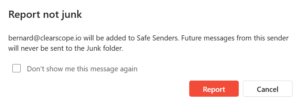
By clicking on the Report button, our sender IP will be added to your list of Safe senders.
Manually Add to Safe Senders:
When Outlook users open a business email from a sender that isn’t on their Safe sender list, this message will be displayed, indicating that part of this message has been blocked:

By clicking on the “Settings” button (gear icon), on the upper right corner of your Hotmail/Outlook screen, a side panel will appear. Click the “Mail” option and find the “Junk email” tab. Then, under “Safe senders and domains,” you can click on the “Add safe sender” button and enter our email address to get our business on that list.

This is a critical move for successful Hotmail email marketing since Microsoft will bypass its own filter. As a result, emails from certain senders will never be treated as junk email.
5. Regulate The Frequency Of Your Emails
A common reason why people come to distrust brands is the frequency of their marketing messages. If you bombard your Outlook subscribers with too frequent business emails, it may annoy them and lead to low engagement, unsubscribes, and spam complaints.
On the other hand, if the frequency is too rare, perhaps recipients forget all about your business. Which will make them turn to one of your competitors-if they deliver Hotmail email marketing campaigns regularly. So, consistency here is key.
Therefore, aim to test the impact that your sending frequency has, regarding the volume of unsubscribes, complaints, and key engagement metrics (i.e., clicks and conversions).
In addition to that, regularly monitor your email open rates to identify the best time to send an email. Emailing your audience on specific days and times establishes a sense of familiarity as well as expectation.
Another effective practice to avoid deliverability issues is to give subscribers the option to choose the content and frequency of the messages they receive. You can give them control over the sending frequency from the start, on your email signup form.
A clever idea is to include an email preference center in your emails. With this addition, subscribers will be able to choose their email preferences, including content types, email frequency, or preferred format.
Offering an email preference option right there in your email offers recipients an alternative to unsubscribing. In other words, less unsubscribes and spam complaints.
Want to hear the best part? Your business effortlessly collects zero-party data directly from Hotmail email recipients, a key practice to further personalize future emails.
Pro tip: If you want to start sending emails from a new dedicated IP, it’s vital to have a good IP warm-up plan. This means gradually increasing the volume of emails you send and targeting your most engaged subscribers to build trust with service providers like Hotmail/Outlook.
6. Let Hotmail Users Unsubscribe Easily
The truth is that when your unsubscribe rate increases, this sends a negative signal to Microsoft’s filtering system. On the other hand, Hotmail is particularly picky when it comes to delivering emails that don’t meet its unsubscribing “criteria.” And then there’s the need to follow email compliance rules.
One of the most critical ones has to do with facilitating unsubscribes. Ignoring the unsubscribe link in your emails is not an option since it will lead to frustration and distrust. So, make sure you include a list-unsubscribe option in your business email.
But you also need to ensure that the unsubscribe process is effortless for people who no longer want to receive your emails. You don’t want them searching for the unsubscribe link or button since they might find the “Spam complaint” button instead.
Therefore, place your unsubscribe option prominently. Also, avoid making it too small or using color schemes that don’t make it stand out.
If you’re using Moosend as your email marketing service of choice, we’ll add an unsubscribe link for you automatically in every email. Plus, when you select one of our built-in HTML email templates, you can customize it as you please:
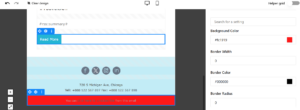
7. Try To Avoid Spam Traps
Hotmail and Outlook use spam traps to identify spammers and prevent them from reaching recipient inboxes. Usually, a spam trap looks like an email address but it doesn’t belong to a real person.
Email clients create them with the sole purpose of identifying senders using bad email practices. Or they may reactivate abandoned email addresses to catch senders who don’t adopt list cleaning practices.
If your list contains a spam trap, it might indicate to Microsoft that you are such a sender. As a result, your Hotmail and Outlook emails will end up in spam instead of the recipients’ inboxes.
To tackle the danger of spam traps, the best course of action is to maintain list hygiene by deleting old email addresses.
Keep in mind that spam traps do not exhibit engagement (clicks, opens) like real people. So, if you’re actively managing inactive subscribers, you’ll take out spam traps too.
Additionally, you can use email validation tools for new sign-ups to catch non-existing email addresses before they make it into your list.
Another helpful practice is to revisit your sending frequency as discussed and adjusting it according to each segment’s level of engagement.
8. Segment Hotmail Subscribers for Personalized Content
Let’s say you’ve done everything right in this list. Still, your emails land in the spam folder. How can this be? There’s another crucial factor impacting your Hotmail email marketing, and that’s granular list segmentation.
Dividing Hotmail and Outlook recipients into smaller segments with common characteristics, e.g., demographics and engagement levels, helps you send more targeted email campaigns.
For instance, you can create a focused segment containing engaged Hotmail subscribers such as the ones who recently purchased a product or completed a survey. By sending them tailored and frequent emails, you’ll drive more interactions, building trust with Hotmail and Outlook.
This is one of the main benefits of personalized email content for brands. Users have no reason to unsubscribe, mark your emails as spam, or disengage if they find that the content you send is valuable and relevant to their needs.
As you can tell, effective audience segmentation enables businesses to deliver emails where they are meant to. And that’s how subscribers get a chance to interact with your content, sending positive signals to email providers like Hotmail and Outlook.
Simply put, these providers understand that users expect and read your content, which is key to boosting your sender reputation.
The Impact of Microsoft’s Focused Inbox on Hotmail Email Marketing
Microsoft created Focused Inbox for Outlook and Hotmail users, using tabs to separate emails-much like Gmail’s Priority Inbox. The “Focused” tab is where Outlook sends the most important emails according to users’ interactions with the senders.
So, if an Outlook recipient frequently engages with specific contacts and email types, it will prioritize these messages by placing them in the Focused tab. Whereas less critical emails will end up in the “Other” tab. (If you’re using Google, you’ve probably noticed something similar with the Promotions tab on Gmail.)
Marketers fear that this kind of filtering plays a critical role in users interacting with their Hotmail email campaigns. As the name implies, the recipient will focus on essential messages and ignore the ones landing in “Other.”
As a result, brands keep trying to figure out ways to convince their subscribers to move their campaigns to Focused. However, giving readers instructions about how they’ll handle their inboxes might have the opposite effect and irritate them.
This is why you shouldn’t lose your head over it. After all, Microsoft ranks emails based on how readers interact with them. If you send helpful and compelling emails that subscribers want to read, they’ll engage with your content regularly.
Therefore, Microsoft will sort your email as relevant and, eventually, display your campaigns in Focused Inbox.
Besides that, the more your subscribers love your content, the more likely it is to move your emails to Focused by themselves.
In a nutshell, you’d better focus on creating meaningful campaigns and maintaining a consistent sending cadence. That’s how your business will stay top of mind for Hotmail recipients no matter what.
Final Thoughts
Some of the best practices for effective Outlook email marketing may look like a lot to take on at first glance.
But it’s critical to adopt them to gain Hotmail/Outlook subscribers’ trust and ensure that they receive and read through your email campaigns.
With the right email marketing platform, you can create compliant and targeted emails so you can enjoy the great ROI that Hotmail email marketing has to offer.
If you’re looking for such a trustworthy email service to achieve it, sign up for a free Moosend account and give it a go.
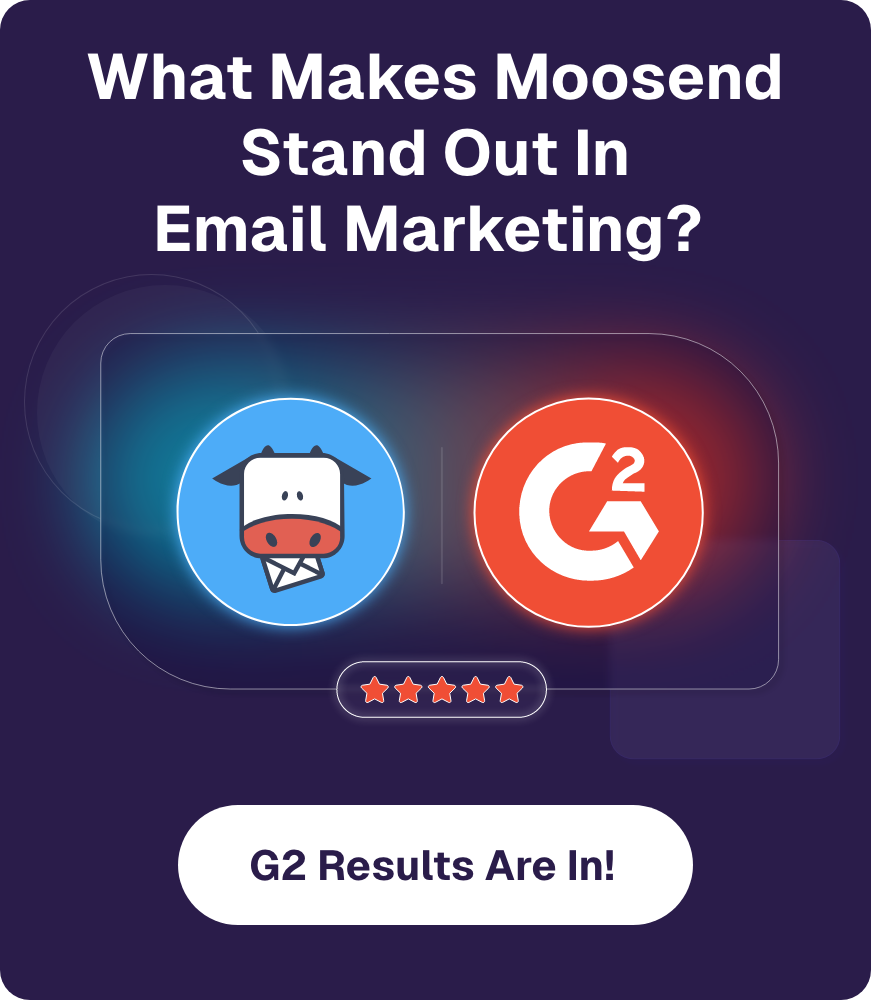
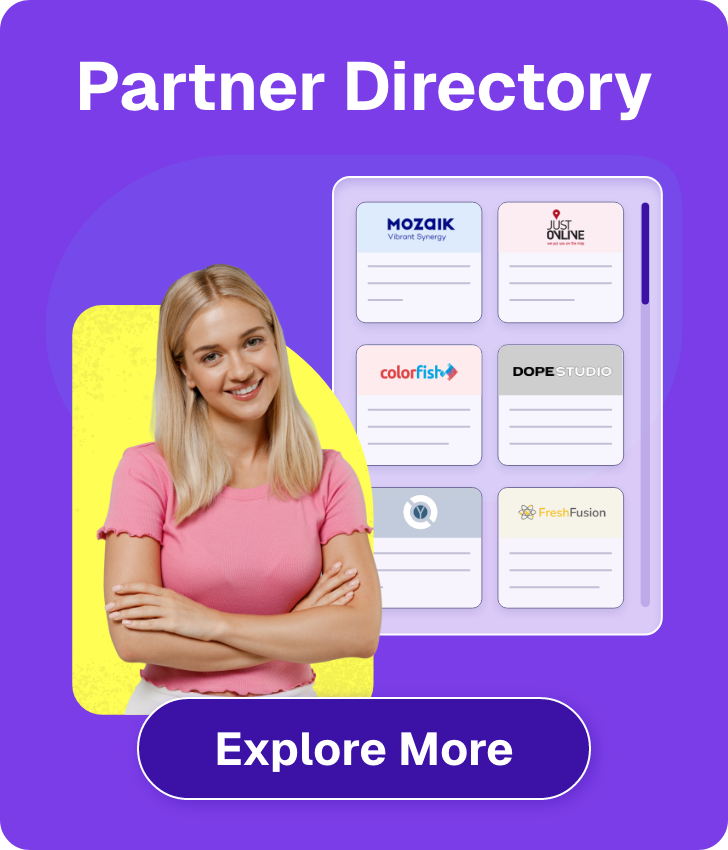

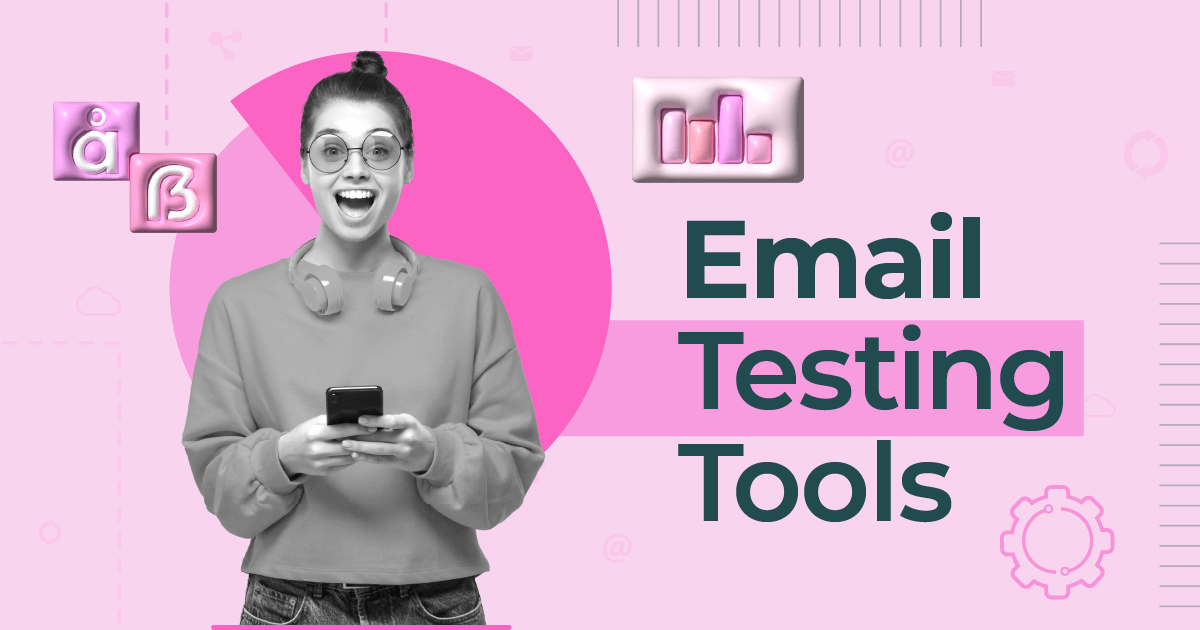
 Published by
Published by


 Published by
Published by